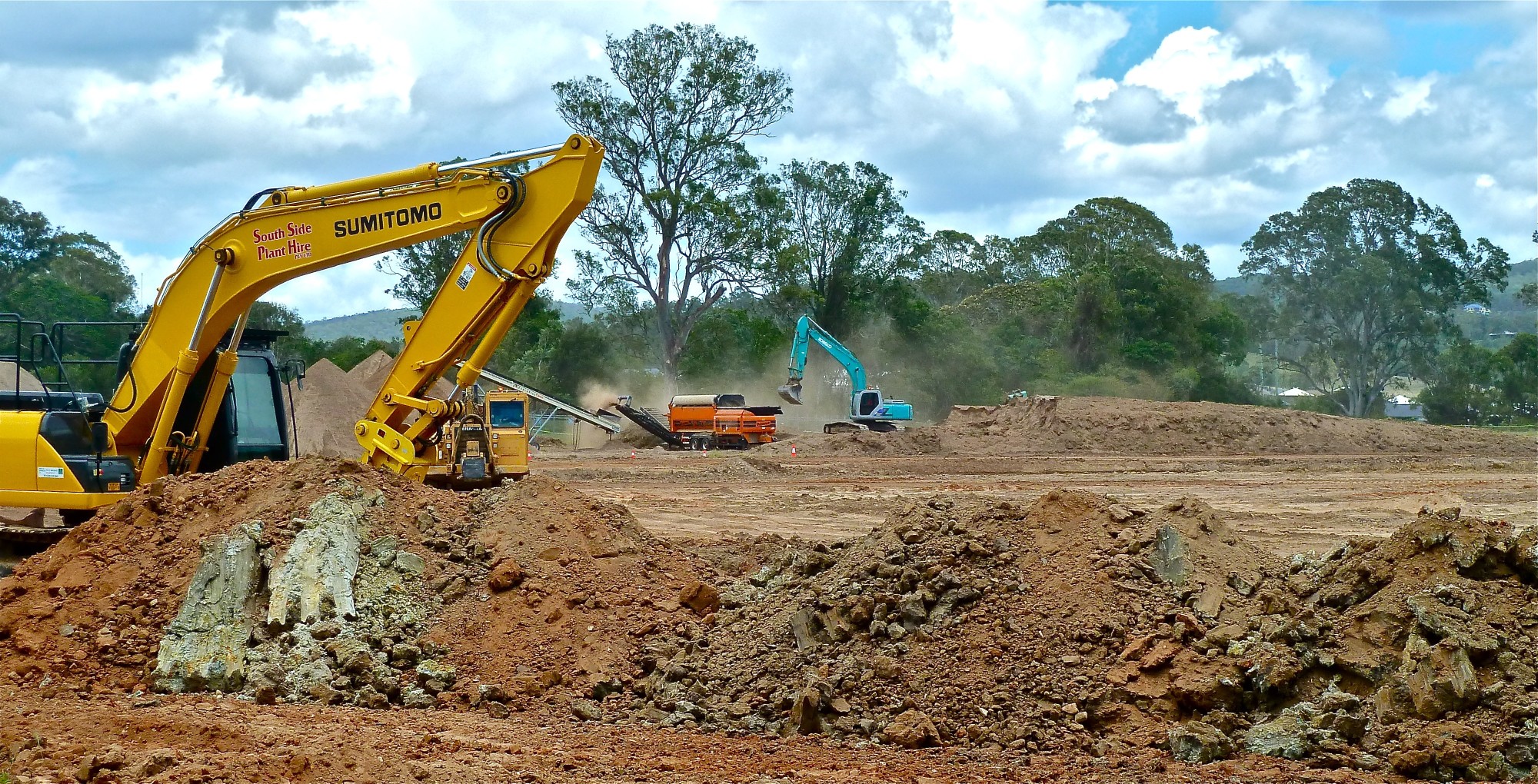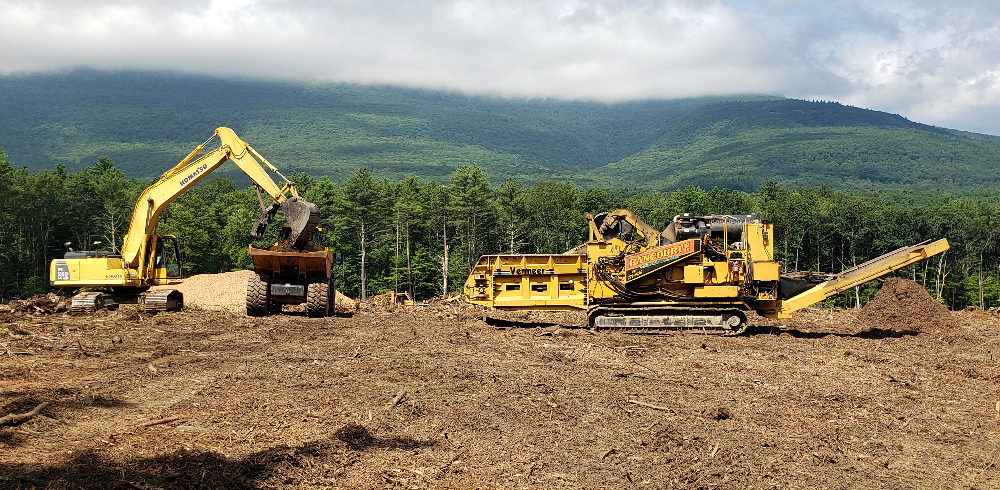Legendary Demolition Seattle: Setting the Requirement in Quality
Legendary Demolition Seattle: Setting the Requirement in Quality
Blog Article
Lasting Land Clearing Up Practices for a Greener Setting
In the world of environmental conservation, the practice of sustainable land clearing stands as a crucial point of conversation. As we browse the fragile balance in between growth and preservation, the techniques employed in clearing land hold considerable weight fit the future of our communities. By taking on environment-friendly methods, focusing on biodiversity preservation, and involving in neighborhood education, a path in the direction of a greener setting starts to emerge. The elaborate dance between progress and sustainability in land clearing up practices introduces a world of opportunities that beckon for exploration and implementation.
Relevance of Lasting Land Clearing
The relevance of applying sustainable land clearing up methods hinges on the conservation of ecological communities and the upkeep of ecological stability. When land is cleared unsustainably, it can lead to irreparable damages to the atmosphere, bring about dirt disintegration, loss of biodiversity, and disturbance of all-natural environments. By taking on lasting methods such as discerning cleaning, reforestation, and erosion control actions, we can reduce these adverse effects and guarantee the lasting wellness of our communities.

Furthermore, sustainable land cleaning practices advertise accountable land administration and support the source of incomes of local neighborhoods. By guaranteeing that land is gotten rid of in such a way that is ecologically friendly and socially accountable, we can create a more lasting future for all.
Eco-Friendly Clearing Techniques

Another effective technique is making use of regulated burns. By meticulously preparing and implementing suggested burns, land supervisors can clear greenery in a controlled manner, reducing the danger of wildfires and promoting the development of fire-adapted plant species. Regulated burns also aid recycle nutrients back right into the dirt, promoting new growth and maintaining ecosystem health and wellness.
Additionally, using mechanical equipment with low ground pressure, such as tracked lorries or specialized forestry mulchers, can reduce dirt compaction and damages to underlying plant life. These machines are made to run with precision, uniquely getting rid of undesirable greenery while preserving the bordering atmosphere. By incorporating these environmentally friendly clearing up strategies, land clearing up procedures can support biodiversity, save natural deposits, and contribute to a greener, more lasting future.
Biodiversity Preservation Approaches
Incorporating environment-friendly land cleaning strategies not just minimizes ecological impact yet also plays a crucial function in cultivating biodiversity conservation methods. Maintaining biodiversity is essential for maintaining the equilibrium of environments and guaranteeing the sustainability of our earth. When clearing land, it is imperative to take into consideration the effect on local vegetation and animals. One reliable approach for biodiversity conservation during land cleaning is the implementation of selective clearing up techniques. This involves meticulously analyzing the location and determining vital habitats or types that require defense. By avoiding the unplanned removal of plant life and habitats, we can guard biodiversity anonymous hotspots and decrease disruption to wild animals.

Lasting Equipment and Equipment
To reduce ecological influence and enhance performance in land clearing up techniques, making use of lasting equipment and tools is critical. Lasting equipment and devices describe tools especially made to minimize emissions, reduce soil compaction, and reduced fuel usage during land clearing up activities. Carrying out modern technologies such as low-emission engines, crossbreed systems, and accuracy tools click now can significantly lower the carbon impact associated with land clearing operations.
One example of lasting machinery is the use of mulchers or chippers that can process plants on-site, reducing the need for burning or carrying away particles - Legendary Demolition Seattle. In addition, employing equipment with general practitioner technology can help in precise planning and implementation of land clearing up tasks, reducing unneeded disruption to surrounding environments
Regular upkeep and correct equipment sizing are additionally essential components of lasting land cleaning practices. Ensuring that machinery is well-maintained not just extends its life-span however additionally optimizes its efficiency, resulting in a lot more ecologically friendly and effective land cleaning operations. By focusing on using lasting machinery and equipment, land cleaning tasks can be executed with marginal effect on the atmosphere, promoting a greener and more sustainable future.
Neighborhood Engagement and Education And Learning
Engaging the local area and giving academic sources are important elements of promoting sustainable land clearing up techniques. Community engagement cultivates a sense of common obligation and possession over land management decisions, causing even more lasting results. By involving neighborhood participants in the preparation procedure, their understanding and perspectives can be incorporated, leading to options that are culturally delicate and eco sound.
Educational resources play a crucial function in empowering individuals with the knowledge and skills needed to embrace sustainable land cleaning techniques. Workshops, training sessions, and informative materials can help area members recognize the value of biodiversity preservation, soil health, and water quality in the context of land cleaning tasks. By increasing recognition about pop over to these guys the prospective environmental influences of improper land clearing up methods, academic efforts can drive actions modification and motivate the fostering of more lasting options.
Ultimately, area involvement and education develop a structure for long-term environmental stewardship, ensuring that land clearing activities are carried out in a fashion that maintains environments and advertises the well-being of both individuals and the planet.
Verdict
In verdict, lasting land clearing up practices are crucial for promoting and preserving the environment biodiversity. By making use of eco-friendly techniques, conserving biodiversity, using lasting machinery, and engaging with areas, we can guarantee that land cleaning tasks have marginal adverse effect on the environment. It is crucial that we focus on sustainable techniques to safeguard our atmosphere for future generations.
By incorporating these environmentally friendly clearing strategies, land clearing procedures can sustain biodiversity, conserve all-natural resources, and contribute to a greener, a lot more sustainable future.
One reliable method for biodiversity preservation during land clearing is the execution of discerning clearing practices. By prioritizing the use of lasting equipment and equipment, land clearing up activities can be lugged out with very little impact on the environment, fostering a greener and more sustainable future.
In final thought, sustainable land cleaning methods are vital for maintaining the atmosphere and promoting biodiversity. By using green techniques, preserving biodiversity, making use of sustainable equipment, and engaging with areas, we can ensure that land cleaning activities have very little unfavorable impact on the ecosystem.
Report this page